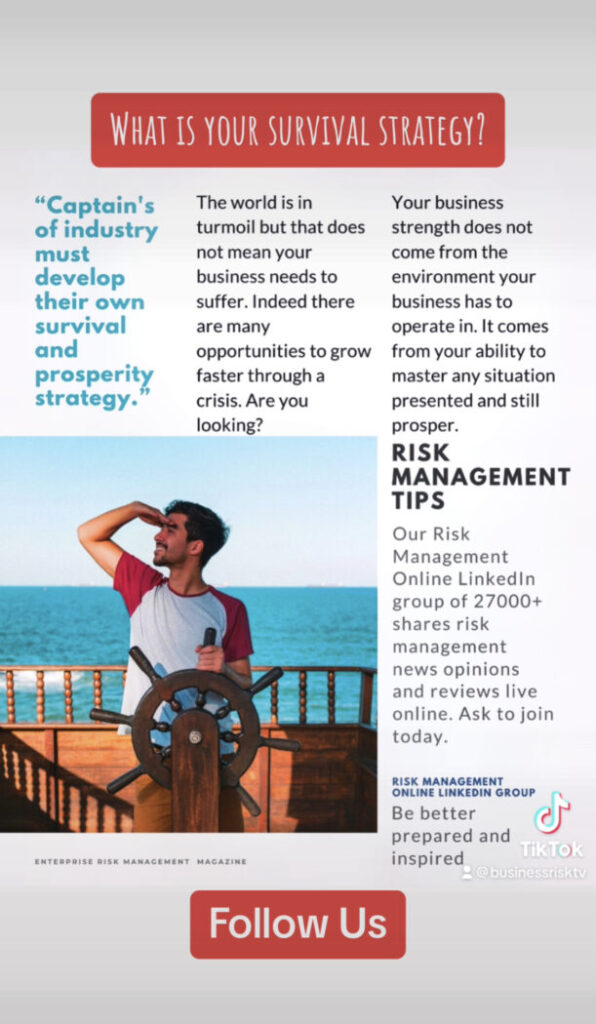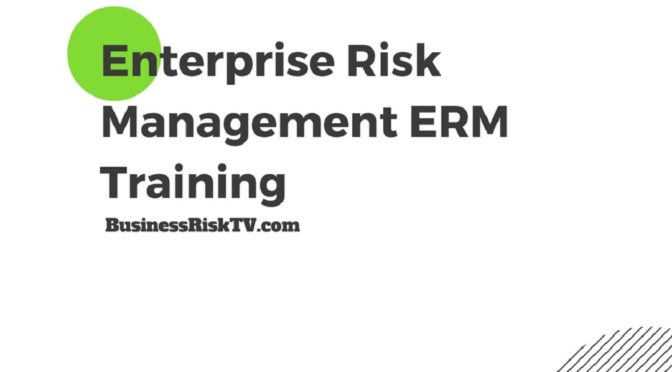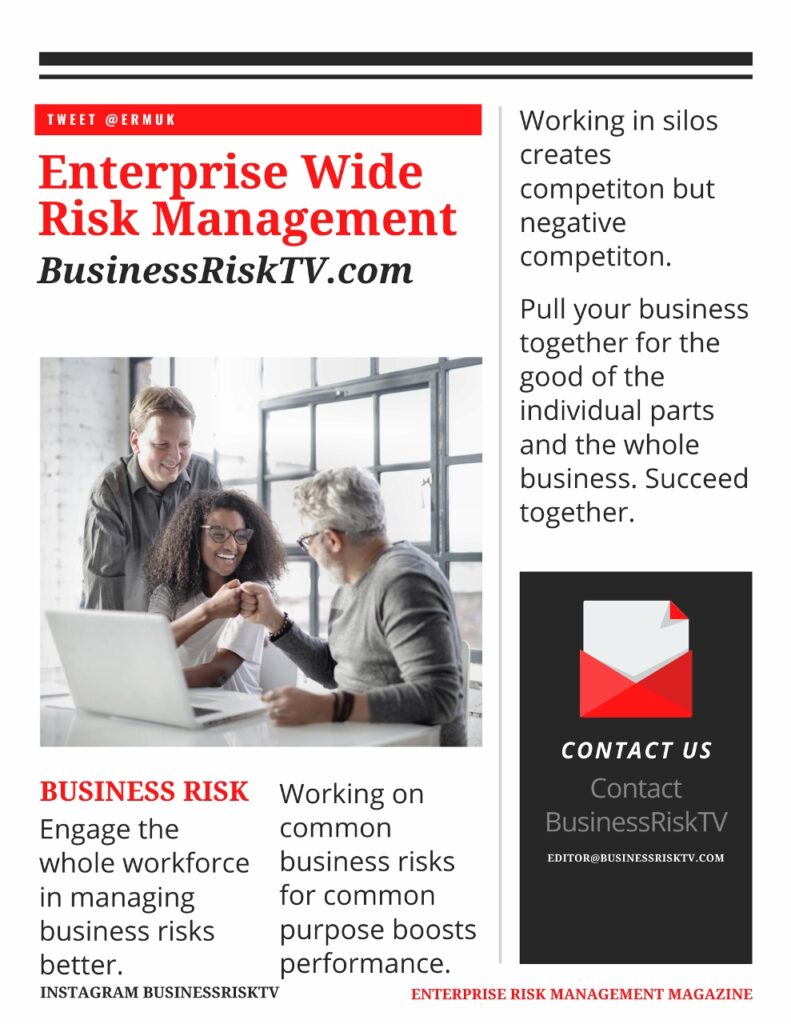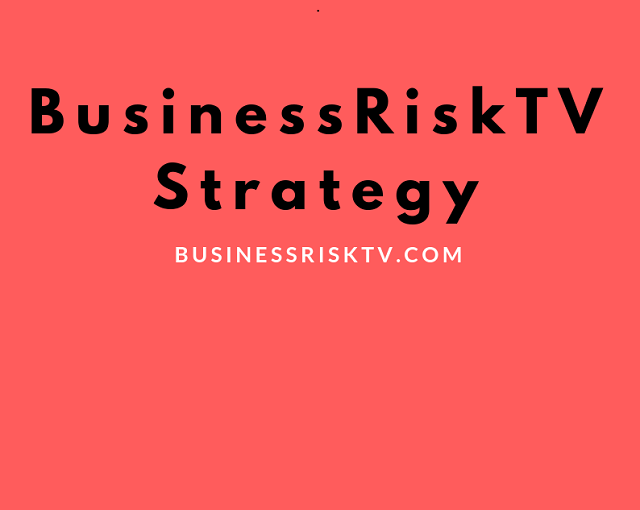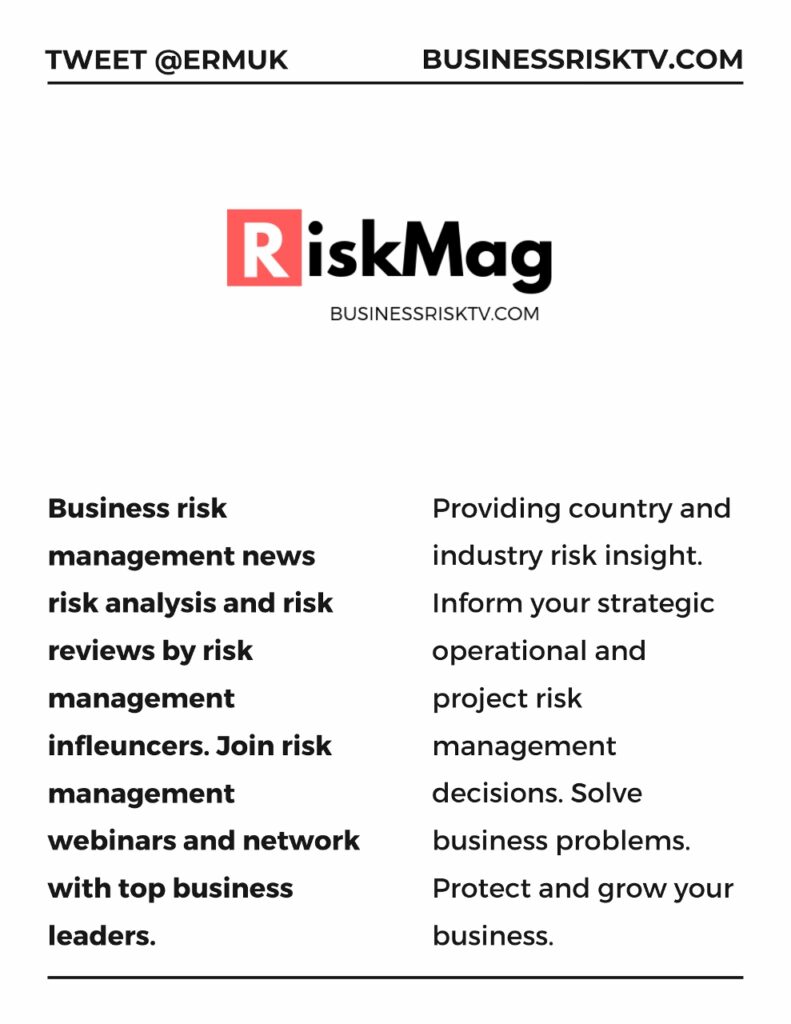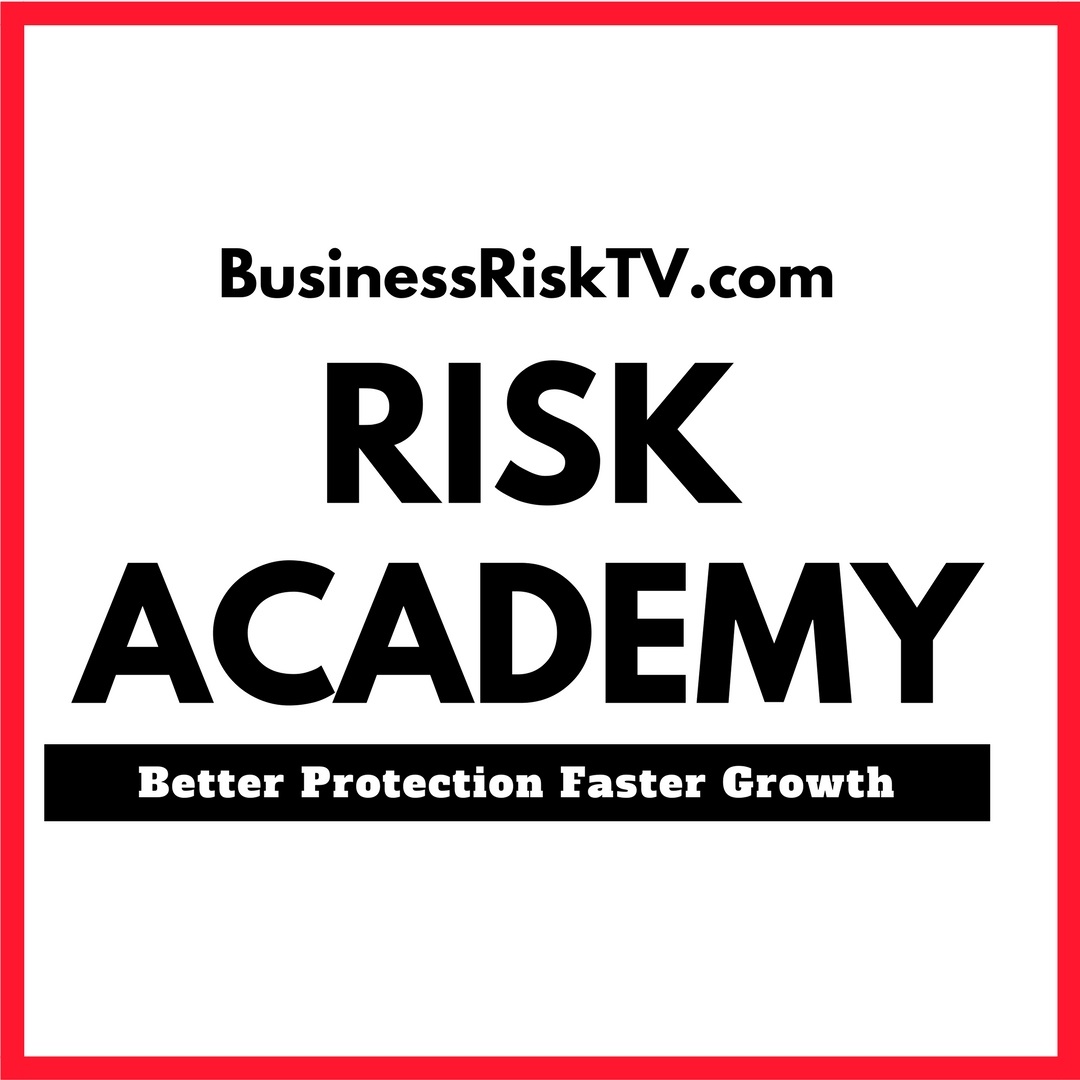Business Risk Management Consulting: Protect Your Bottom Line
Navigate Complexity with Confidence: BusinessRiskTV.com Business Risk Consulting Services
Empower your business to thrive in today’s dynamic and uncertain environment with BusinessRiskTV.com’s Business Risk Consulting Services
Our team of seasoned professionals provides comprehensive solutions to identify, analyse, and mitigate potential threats to your success.
Why Choose Us?
- Unparalleled Expertise: Benefit from the knowledge and experience of our Business Experts Hub and Risk Management Experts.
- Tailored Solutions: We create customised risk management plans that address your unique business needs and goals.
- Proactive Risk Identification: Our comprehensive approach ensures you uncover even the most hidden potential risks.
- Data-Driven Insights: We leverage industry data and robust analytics to support our recommendations.
What You Gain:
- Enhanced Decision-Making: Make strategic choices based on a clear understanding of potential risks and opportunities.
- Increased Business Resilience: Develop a robust framework to withstand unforeseen challenges and disruptions.
- Improved Operational Efficiency: Optimise your processes and minimise risk-related disruptions.
- Reduced Operational Costs: Proactively mitigate risks and minimise the potential for financial losses.
- Enhanced Brand Reputation: Demonstrate your commitment to risk management and build trust with stakeholders. Grow your business faster.
Don’t gamble with your business success! Partner with BusinessRiskTV.com’s Business Risk Consulting Services and gain the tools and expertise you need to navigate complexity with confidence. We’ll help you build a more secure and resilient future for your business.
BusinessRiskTV.com: Your Partner in Mitigating Business Risks
In today’s rapidly evolving business landscape, navigating risk has become an integral part of success. Businesses of all sizes face a myriad of threats, from economic downturns and market fluctuations to cyberattacks and operational disruptions. To thrive in such a challenging environment, it is imperative to have a robust risk management strategy in place.
BusinessRiskTV.com offers comprehensive Business Risk Consulting Services designed to help businesses identify, assess, and mitigate potential risks. Our team of experienced professionals brings a wealth of knowledge and expertise to the table, providing tailored solutions that address the unique needs of each client.
Understanding Business Risk
Business risk refers to any uncertainty or threat that could negatively impact a company’s operations, financial performance, or reputation. It can arise from various sources, including:
- Economic Factors: Market fluctuations, inflation, recession, and interest rate changes.
- Operational Factors: Supply chain disruptions, labour shortages, equipment failures, and natural disasters.
- Strategic Factors: Poor decision-making, ineffective marketing, and competition from rivals.
- Technological Factors: Cyberattacks, data breaches, and system failures.
- Legal and Regulatory Factors: Changes in laws and regulations, lawsuits, and compliance issues.
Effective risk management involves identifying potential risks, assessing their likelihood and impact, and developing strategies to mitigate or avoid them.
The Importance of Business Risk Consulting
Businesses of all sizes can benefit from the expertise of professional risk consultants. Here are some of the key reasons why:
- Proactive Risk Identification: Consultants can help businesses identify potential risks that may not be immediately apparent.
- Comprehensive Risk Assessment: They can assess the likelihood and impact of each risk, allowing businesses to prioritise their response efforts.
- Tailored Risk Management Strategies: Consultants can develop customised risk management plans that align with a business’s specific goals and objectives.
- Continuous Monitoring and Evaluation: They can help businesses monitor their risk exposure and make adjustments to their strategies as needed.
- Compliance with Regulations: Consultants can ensure that businesses are compliant with industry regulations and standards.
BusinessRiskTV.com’s Approach to Business Risk Consulting
At BusinessRiskTV.com, we believe that a successful risk management strategy requires a holistic approach. Our consultants work closely with clients to understand their unique needs and challenges, and develop tailored solutions that address their specific concerns.
Our approach involves the following steps:
- Risk Identification: We conduct a thorough assessment of a business’s operations, identifying potential risks from various sources.
- Risk Assessment: We evaluate the likelihood and impact of each identified risk, using quantitative and qualitative methods.
- Risk Prioritisation: We help clients prioritise risks based on their potential impact and likelihood.
- Risk Mitigation Strategies: We develop strategies to mitigate or avoid identified risks, such as risk transfer, risk avoidance, risk reduction, and risk acceptance.
- Risk Monitoring and Evaluation: We help clients implement a system for monitoring and evaluating their risk exposure on an ongoing basis.
Key Areas of Focus
Our business risk consulting services cover a wide range of areas, including:
- Strategic Risk: Assessing the risks associated with a company’s business strategy and decision-making.
- Operational Risk: Identifying risks related to day-to-day operations, such as supply chain disruptions and equipment failures.
- Financial Risk: Evaluating risks associated with financial performance, such as market fluctuations and credit risk.
- Technological Risk: Assessing risks related to information technology, such as cyberattacks and data breaches.
- Legal and Regulatory Risk: Identifying risks associated with compliance with laws and regulations.
- Reputational Risk: Assessing risks related to a company’s reputation and brand image.
Benefits of Working with BusinessRiskTV.com
By partnering with BusinessRiskTV.com, businesses can benefit from:
- Enhanced Resilience: A well-developed risk management strategy can help businesses withstand unexpected challenges and disruptions.
- Improved Decision-Making: By understanding potential risks, businesses can make more informed decisions and allocate resources effectively.
- Enhanced Reputation: A strong risk management programme can help businesses build trust with stakeholders and maintain a positive reputation.
- Reduced Costs: By proactively addressing risks, businesses can avoid costly losses and disruptions.
- Compliance with Regulations: Our consultants can help businesses ensure compliance with industry regulations and standards.
In conclusion, effective risk management is essential for the long-term success of any business. By partnering with BusinessRiskTV.com, businesses can gain the expertise and support needed to identify, assess, and mitigate potential risks. Our comprehensive risk consulting services can help businesses build resilience, enhance decision-making, and protect their bottom line.
Get help to protect and grow your business faster
Subscribe for free business risk alerts and risk reviews
Navigate the complexities of today’s business landscape with confidence. BusinessRiskTV.com’s Business Risk Consulting Services offer expert guidance to identify, assess, and mitigate potential threats to your success. Protect your business, enhance resilience, and make informed decisions with our tailored solutions.
Read more business risk management articles for free
Don’t let risk hold your business back. Partner with BusinessRiskTV.com for expert risk consulting services. Our team of professionals will help you identify, assess, and mitigate potential threats, ensuring your business remains resilient and competitive in any market.




